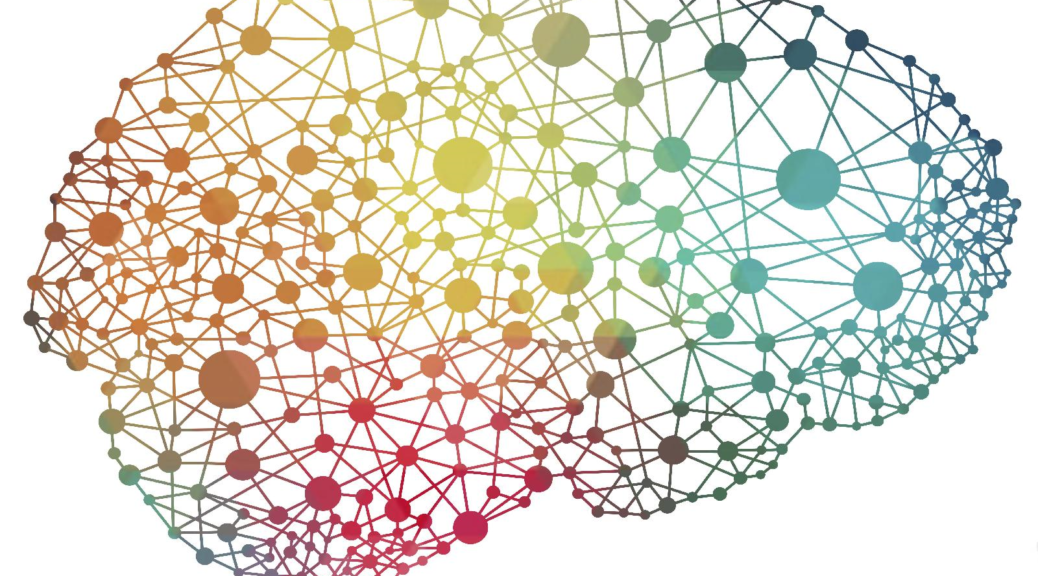
In addition, the movement commonly known for propelling the agenda of neurodivergent individuals and advocating for social change for their betterment of life, is the “Neurodiversity Movement”, “a social justice movement that seeks civil rights, equality, respect, and full societal inclusion for the neurodivergent” (Dr. Some well-known forms of neurodivergence include autism, dyslexia, Asperger’s syndrome, ADHD, epilepsy, and Tourette syndrome (TS) and obsessive-compulsive disorder (OCD).

Walker explains that “Neurodiversity is not a political or social activist movement a trait that any individual possesses… When an individual diverges from the dominant societal standards of “normal” neurocognitive functioning, they don’t “have neurodiversity,” they’re neurodivergent (Neurodiversity, Dr. Walker differentiates between “Neurodiversity”, the “Neurodiversity Movement” and the “Neurodiversity Paradigm”. Nevertheless, no two people with autism are the same, hence why many describe the experience of having autism as being “on the spectrum”.Īccording to the NeuroCosmopolitanism’s article, “Neurodiversity: Some Basic Terms and Definitions”, Dr. Autism is often characterized by or associated with common traits, such as, “difficulty with social interactions and communication, restricted interests, repetitive behaviours, and sensory sensitivity, symptoms that ‘hurt the person’s ability to function properly in school, work, and other areas of life’”, according to the US National Institute of Mental Health explains it.

Individuals with autism ultimately have neural wiring that’s dissimilar to those who are neurotypical, meaning their neurocognitive functionality falls within society’s standards of “normal”.

The term “Neurodiversity” was first coined in 1998 by Judy Singer, a sociologist with autism, to address the neurological diversity amongst human brains, and more specifically, to suggest that those with autism are merely “programmed differently”.įor those who are unfamiliar, autism is defined as a neurodevelopmental difference within an individual. While some may have provided confident answers to the questions posed above, there’s still a great percentage of individuals who are utterly confused- so let’s break it down. What is “Neurodiversity”? Is it a biological fact, a perspective, or even a social justice movement? More importantly, who does neurodiversity address?


 0 kommentar(er)
0 kommentar(er)
